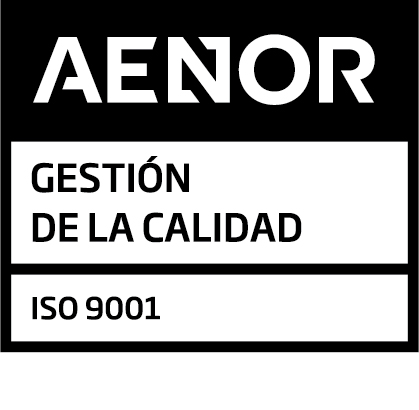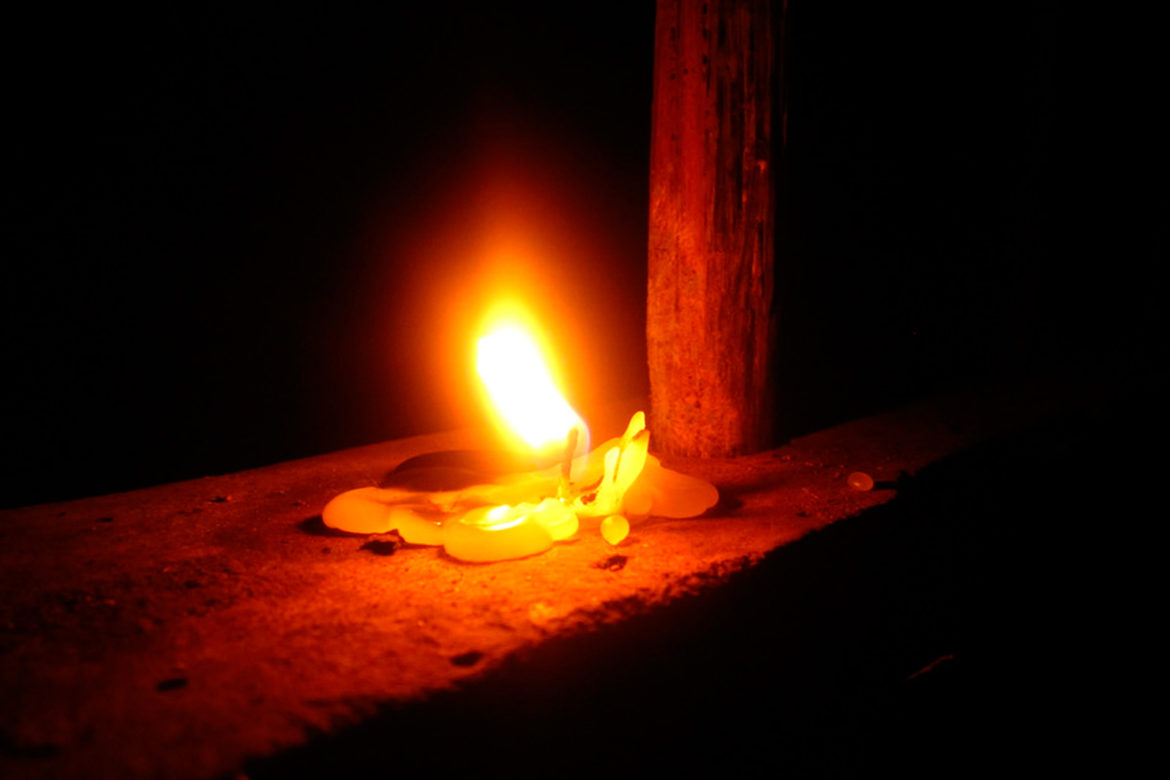People have used candles for lighting for over 5,000 years; however, little is known about their origin.
The first historical evidence of candles
The Egyptians were using candles in 3,000 BCE. They are generally attributed with having developed this type of lighting by submerging rolled papyrus repeatedly in melted tallow or beeswax. The resulting candles were used to light their homes, help travellers at night, and in religious ceremonies.
Historians have found evidence that many other primitive civilisations developed candles by using wax made from resins of plants or derived from the activity of insects. It is said that the first Chinese candles were moulded in paper tubes, using rolled rice paper for the wick and the wax of an oriental insect which was combined with seeds. In Japan, candles were made from wax extracted from nuts, while in India, candle wax was made by boiling the fruit of the cinnamon tree.
It is also known that candles played an important role in the first religious ceremonies. Hanukkah, the Jewish Festival of Lights, which has the lighting of candles as a central element, dates to 165 BCE. There are several biblical references to candles, and Emperor Constantine introduced the use of candles during an Easter service in the 4th century.
Candles during the middle ages
The majority of primitive western cultures depended mainly on candles produced with animal fat. A significant improvement was made in the Middle Ages, when beeswax candles were introduced in Europe. Unlike animal tallow, beeswax burns purely and cleanly, without producing a smoking flame. It also released a pleasant sweet scent instead of the unpleasant, acrid odour of tallow.
Beeswax candles were widely used for church ceremonies, but due to being expensive, few people apart from the rich could afford the luxury of burning them in their homes.
Tallow candles were common for Europeans in the 13th century, their manufacture having become an official guild in England and France. The manufacturers of candles (craftspeople) went from house to house making candles from cooking fats amassed for this purpose, or made and sold their own candles in small guild shops.
Lighting in the modern age
The new world made its first contribution to the practice when it was discovered that boiling certain berries produced a wax with a sweet scent that burned cleanly. However, extracting the wax from the berries was extremely tedious. As a result, the popularity of this type of lighting soon declined.
The growth of the whaling industry at the end of the 18th century brought with it the first significant change in the manufacturing of candles since the Middle Age, when spermaceti – a wax obtained by the crystallisation of oil from the head cavity of a sperm whale – was available in considerable quantities.
As with beeswax, spermaceti did not produce a repugnant odour when burned, and produced a significantly brighter light. Spermaceti was also harder than tallow or beeswax, and therefore did not soften or bend with the summer heat.
Advances of the 19th century
The main advances in modern manufacturing of candles took place during the 19th century. In the 1820s, French chemist Michel Eugene Chevreul discovered how to extract stearic acid from animal fatty acids. This led to the development of stearin wax, which was hard, durable and burned cleanly. Stearin candles continue to be popular in Europe today.
In 1834, inventor Joseph Morgan helped the modern candle industry by developing a machine which allowed the continuous production of moulded candles using a cylinder with a mobile piston for releasing candles as they solidified. With the introduction of automated production, candles became an easily accessible product for the masses.
Paraffin wax was introduced in the 1850s, after chemists learning to efficiently separate the natural waxy substance from petroleum and refine it. Paraffin, odourless and with a bluish white colour, was a blessing for candle manufacturing, as it burned cleanly and consistently, and was more economical to produce than any other fuel for candles. Its only drawback was a low melting point. This was soon overcome by adding the hardest stearic acid, which had become widely available. With the introduction of the lightbulb in 1879, candle manufacturing began to decline.
Candles in the present day
Candles enjoyed renewed popularity during the first half of the 20th century, when the growth of food processing industries brought with it an increase in by-products which had become the basic ingredients of candles – paraffin and stearic acid.
Today, production is mainly for recreational and ritual use, although if you ask older relatives, they surely still keep a candle in case the lights go out.


